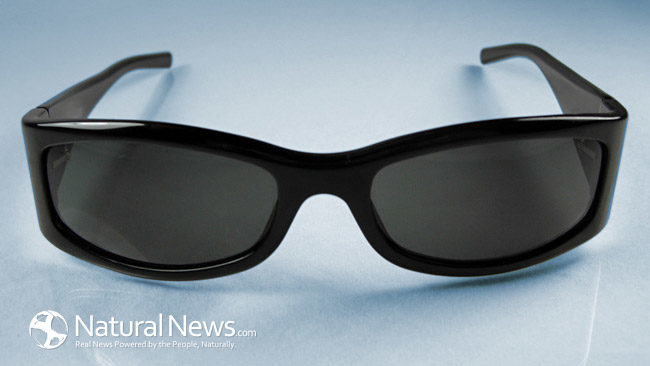When the idea of writing this article struck me, I wasn’t too sure whether to go with it because outlying 3D stereoscopy requires one to mug up with a lot of technicalities. And readers, especially the ones, who are not that savvy, don’t prefer to read articles, bombarded with technical jargons.
But I still decided to go with the idea. That’s chiefly because not discussing it translates to keeping the readers deprived of some mind-blowing information. That’s injustice to them, and against my ethical standpoint as a writer.
Anyways, no more sermons. Here’s what you need to know about 3D stereoscopy:
Eyes and the brain
You see an object by your two eyes, but you don’t get two different views. Why is that? That’s because there’s something inside your skull called the brain that receives all sensory data and synthesizes them. Your eyes send two different images to the brain, but the brain combines them, and you get a unique view.
This mechanism is called stereovision. Stereoscopic 3D is a slightly tweaked application of this mechanism. The technique does nothing new; it only mimics how our eyes and our brain function.
How it works?
Let me explain the process in a poor man’s terms. Our eyes are approximately 2.5-inches apart from each other. Because of this small gap, they see the same object from two different angles. 3D Stereoscopy replicates this whole process with the use of two cameras that have a precise distance of 2.5-inches (6cm) between them.
The two cameras capture two different images; the left camera shows the image it captures to the left eye and the right camera to the right eye. The two cameras take the images from the same viewpoint, which makes it easy for the brain to fuse them.
Digital 3D imaging
The credit of ongoing improvements in 3D Stereoscopy goes to the progress in screening and digital imaging. New techniques for digital imaging are arriving each day, and facilitating the growth of Stereoscopic 3D.
3D imaging and 3D stereovision are almost always linked. You won’t be able to name one industry where 3D imaging is in use but 3D stereovision is not. Bear in mind I am not talking about 3D scanning because that’s an altogether different process. I am specifically talking about 3D imaging, which is an emerging field.
The hidden technology
Two most common technologies behind digital 3D imaging are polarized 3D glasses and LCD shutter glasses. They may appear overly complicated at the first glance, but if you dive down a bit deeper, you’d realize they are not as complex as they seem.
-
Polarized glasses: Some 3D movies require audiences to wear 3D spectacles. The glasses are polaroids with a horizontal axis and a vertical axis. The horizontal axis filters horizontally polarized light and the vertical axis filters vertically polarized light. For the glasses to work, the screen must be a special silver screen to prevent light from losing energy.
-
LCD shutter glasses: An LCD shutter glass has a more complex technological setting. Its screen is made of liquid crystal, and has an embedded sensor. The liquid crystal takes a condensed form when electric currents pass through it. The two lenses capture two different images, and one of them turns black when another captures an image. But since the duration of each frame is 1/120th of a second, the brain fails to identify the difference.
3D Stereoscopy errors
In the media industry, the post-production work carefully fixes all the errors. The reasons behind the errors are:
-
Faulty zoom
-
Reversed stereo
-
Keystoning
-
Rotational issues
-
Vertical misalignment
-
Retinal contrast
If the errors are due to vertical misalignment, eyes would have to move apart from each other in a vertical direction. That’s painful, try it once and see how much strain your eyes have to endure.
Among the causes of other errors, the cameras being at different focal lengths is one; it prevents the size of the left image from matching that of the right image. Another is the contrast between two retinas, which results in lens flares and reflections.
Application areas
The application areas of 3D Stereoscopy are 3D films, video games and 3D television. 3D movies and video games have been around for quite some time, 3D television is a relatively new concept. As 3D movies started to release on DVDs, 3D television entered into our living rooms.
Aside from entertainment, 3D Stereoscopy has usage in the medical arena in the form of a surgical imaging device that has a pan motor with a worm gear and two lenses. I am hopeful that in the future, the application area will widen and encompass many new industries where 3D Stereoscopy is so far unheard of.
Author: The author describes the application of 3D Stereoscopy by 3D visualisation company, in living rooms and how it helps in medical science.





